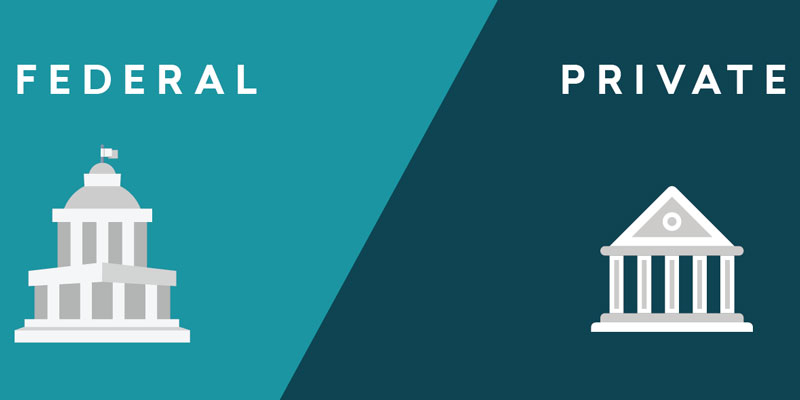Aug 23, 2023 By Triston Martin
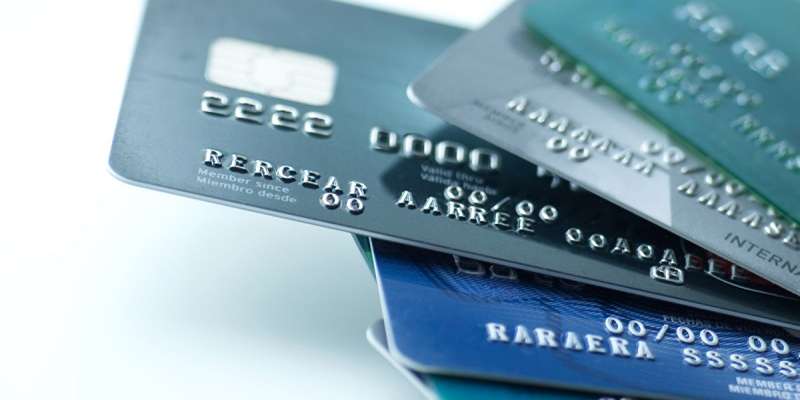
Are you a parent wondering if it's the right time to give your child their own debit or credit card? With digital payments becoming increasingly popular many parents feel overwhelmed when considering whether it’s the right decision. It’s important to weigh the benefits and risks of giving young children access to money through debit or credit cards.
This guide will provide insight into what parents should consider before making this decision for their family.
Credit and Debt Statistics
Credit and debt statistics can help parents make an informed decision when giving their children access to debit or credit cards. According to the Federal Reserve Board, total household debt in the United States has increased from $10.9 trillion in 2008 to over $14 trillion in 2019. The median American has around $4,500 in credit card debt.
Statistics from the Consumer Financial Protection Bureau (CFPB) indicate that college students increasingly turn to credit cards for day-to-day expenses with roughly 3 million holding over $50 billion in credit card debt. Meanwhile a National Foundation for Credit Counseling 2018 survey found that nearly half of parents with kids ages 8 to 14 said their children had access to a debit or credit card.
These statistics can help parents better understand the potential risks and rewards of giving their child access to financial accounts, such as debit cards, prepaid cards, or credit cards. It’s important for parents to have honest conversations with their children about money management and to set clear guidelines about responsible use. It’s also important for parents to review their credit reports and educate themselves on the potential pitfalls associated with having a financial account in their child’s name.
What About Cash
While debit and credit cards are becoming increasingly popular, cash is still safe for parents who want to give their children money without opening a financial account. Cash can be used to teach children about budgeting, how to make purchases, and the consequences of overspending.
Cash also allows parents to have more control over their child’s spending. With cash, parents can monitor their child’s use of money more closely and be sure that the money is not being used for anything inappropriate.
Teaching Your Child How to Stay Safe With Debit and Credit Cards
If parents decide to open a debit or credit card for their child, they must be aware of the potential risks associated with these accounts. Parents should ensure their child understands how to stay safe with their cards and avoid overspending or identity theft.
1 Credit Score
Parents should explain to their children the importance of building a good credit score and how it can impact their financial future.
2 Online Risks
Parents should discuss the potential risks of online shopping, such as identity theft, phishing scams, and data breaches.
3 Unauthorized Transactions
Parents must talk to their children about the consequences of using their cards for unauthorized transactions or purchases above their spending limit.
4 Credit Card Fraud
Parents should discuss credit card fraud and what they can do if their card is lost or stolen.
5 Budgeting
Last, parents should teach their children to set a budget and stick to it.
6 Financial Literacy
Parents should also ensure that their child has a basic knowledge of financial literacy and how to manage money responsibly.
By educating their children about the risks and rewards associated with debit and credit cards, parents can help them make informed decisions when using their cards. With some guidance, young people can understand how to use these accounts safely and responsibly.
Benefits of Giving Your Child Access to a Card
- Easily track expenses: Parents can easily monitor their child’s spending with a debit or credit card.
- Increase financial literacy: Giving your child access to a card helps them learn about budgeting and financial responsibility.
- Teach money management skills: Kids can learn how to manage their money responsibly using a card.
- Convenience: Cards are a convenient way to make purchases and pay bills.
- Security: Most cards come with fraud protection and other security features.
- Access to cash: Debit and credit cards provide access to money when needed.
- Online shopping: Kids can shop online without relying on cash or checks.
- Rewards: Credit cards often come with rewards and other incentives.
- Builds credit: Debit cards can help kids build a strong credit history.
- Emergency funds: Credit cards are a great way to have emergency funds available in case of unforeseen circumstances.
Potential Drawbacks of Giving Your Child Access to a Card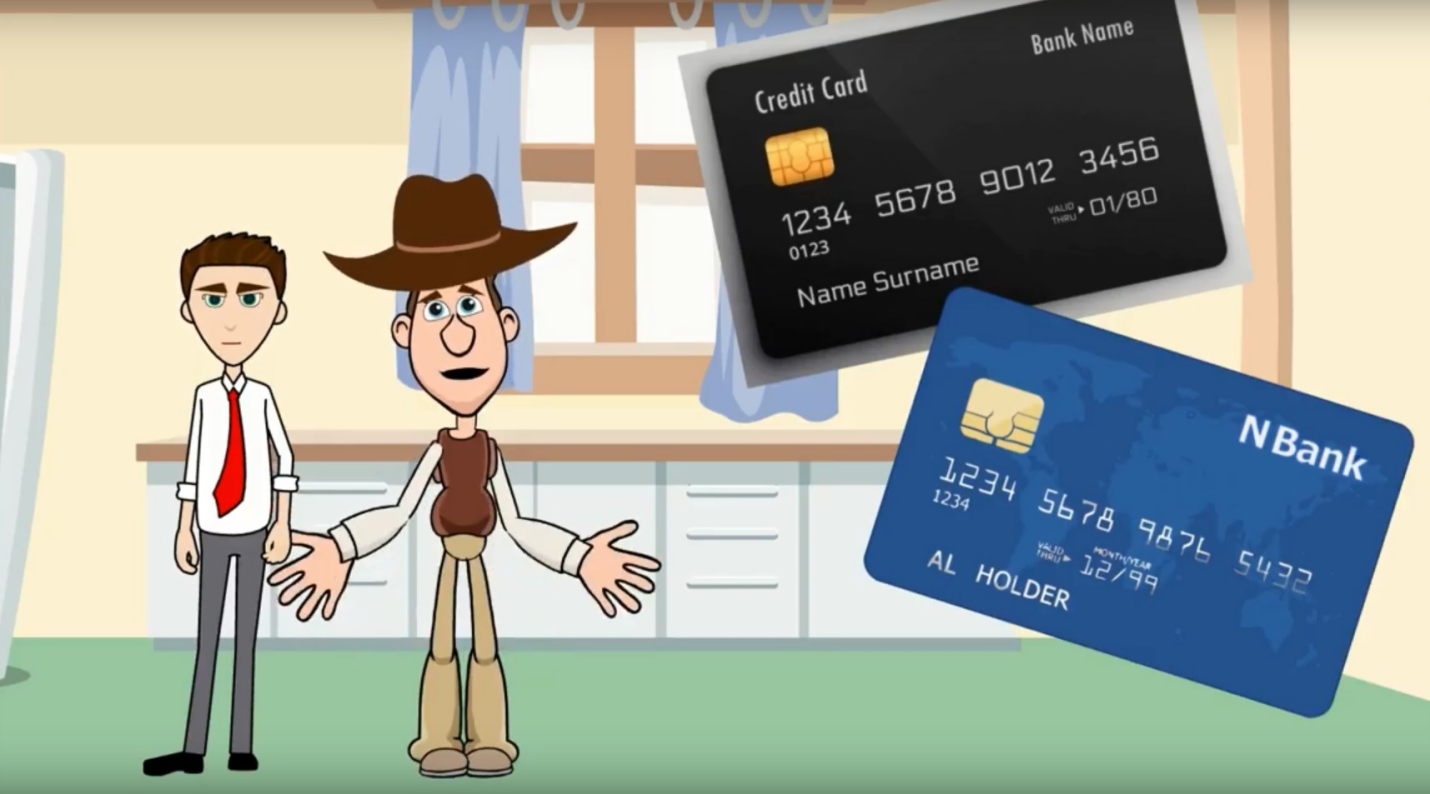
- Overdraft fees: Debit cards can be subject to overdraft fees if there aren’t enough funds in the account.
- Unauthorized purchases: Kids can easily make unauthorized purchases online or at stores.
- Dormant accounts: If an account isn’t used long, it may become dormant, resulting in fees.
- Credit card debt: If a child overspends on their credit card, it can result in high-interest charges and debt.
- Identity theft: Kids can be vulnerable if they don’t keep their cards secure.
Parents should consider the potential risks and rewards of giving their child access to debit and credit cards before deciding. With some guidance, young people can understand how to use these accounts safely and responsibly. By educating their children about financial responsibility, parents can help them make smart decisions when managing their money.
What’s the Best Payment Card for Your Child
The best payment card for your child will depend on their needs and circumstances. Parents should consider what their child uses the card for, whether online purchases, paying bills, or building a credit history.
Paid cards are a good option for parents looking to give their child access to funds without opening a financial account. Prepaid cards are a safe and secure way to give kids access to money without the risk of overdraft fees or credit card debt.
Debit cards can be a good choice for parents looking for a more traditional payment option. Debit cards offer some of the same features as credit cards without the risk of overspending or accumulating debt. These accounts also come with fraud protection and other security features.
FAQs
What age should my child be before I give them access to a debit or credit card?
Parents need to assess their child’s maturity and readiness before giving them access to a card. Generally, it is recommended that children should be at least 12 years old before they are given access to a debit or credit card.
What kind of card should I get for my child?
The best payment card for your child will depend on their needs and circumstances. Parents should consider what their child uses the card for, whether online purchases, paying bills, or building a credit history. Prepaid cards may be a good option as they are a safe and secure way to give kids access to money without the risk of overdraft fees or credit card debt.
Are there any security measures I should take when giving my child a debit or credit card?
Parents must ensure their children understand the importance of securing their cards and avoiding online scams. Parents should also discuss the potential risks associated with online shopping, such as identity theft, phishing scams, and data breaches.
Conclusion
Giving your child access to a debit or credit card can be a great way to teach them about budgeting and financial responsibility. However, parents must weigh the potential risks and rewards of giving their children access to these payment options before deciding. By educating their children on how to use cards safely and responsibly, parents can help them make informed decisions when managing their money.
-

What Is Short Interest?
Aug 15, 2022
-

How to Make Money on Fiverr
Jun 12, 2023
-

How Much Are HOA Fees
Jul 02, 2023
-
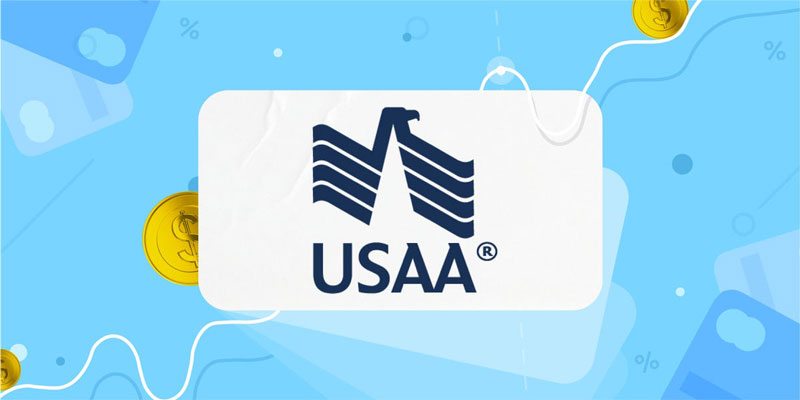
USAA Bank
Jul 28, 2022
-

Average Business Loan Interest Rates
Jun 13, 2023
-
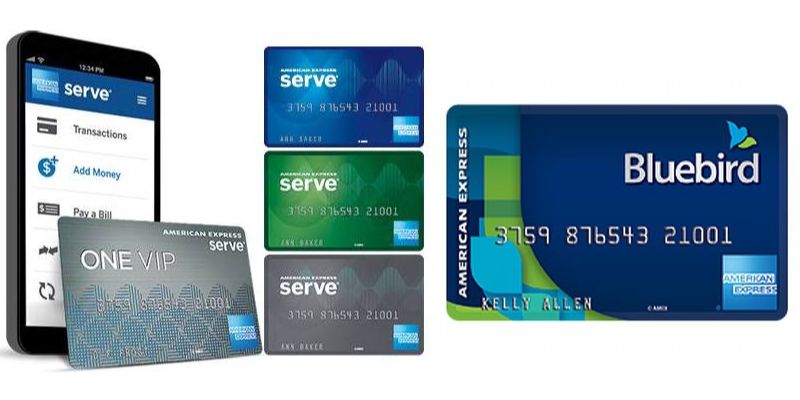
A Prepaid Debit Card with Fewer Fees: American Express Bluebird Review
Jun 12, 2023
-

A Guide to Selling a House with Solar Panels
Jul 03, 2023
-

These 5 Factors Have Caused Cable TV's Demise
Aug 16, 2022



